Thursday, January 28, 2016
According to the United Nations Human Development Report 2015, when life expectancy, education, and standard of living are taken into account, Niger is pretty much the worst place to live. These dimensions are used to calculate the Human Development Index (HDI), and last year, Niger ranked dead last: 188 out of 188.1
HDI was developed in 1990 by Mahbub ul Haq, a Pakistani economist, and his team of developmental economists. At that time, monetary measures like GDP were being used to evaluate a country’s development, but many people, including these economists, found that the human element was missing from these calculations.
HDI attempts to measure the richness of human life. It gauges human opportunities and choices using calculations across three dimensions. The first is health, based on life expectancy at birth. The education dimension measures the schooling obtained by adults aged 25 years and more and expected years of schooling for children. Finally, the standard of living dimension is measured by gross national income per capita.
To put this all in perspective, consider that the 2015 report ranks the United States at number 8 and Canada at number 9. Niger has been ranked last for 3 consecutive years, and has always been among the lowest-ranking countries in the report.
While Niger may be the worst place to live when it comes to HDI, it is most certainly one of the best places to work when it comes to eliminating poverty. John is planning a trip to West Africa in March, where he’ll be splitting his time between Niger and Benin. In Niger, he’ll work on Farmers of the Future, and in Benin, on the Songhai Women’s Capital Fund. You can read more about these projects by following this link, and also find notes and photos from John’s travels in upcoming blog posts.
In an upcoming post we’ll look beyond Niger’s dismal HDI to explore the features of this country and point to opportunities EPN is creating there. John says it’s nicknamed “the frying pan of the Sahel” – and there’s got to be a good story behind that!

